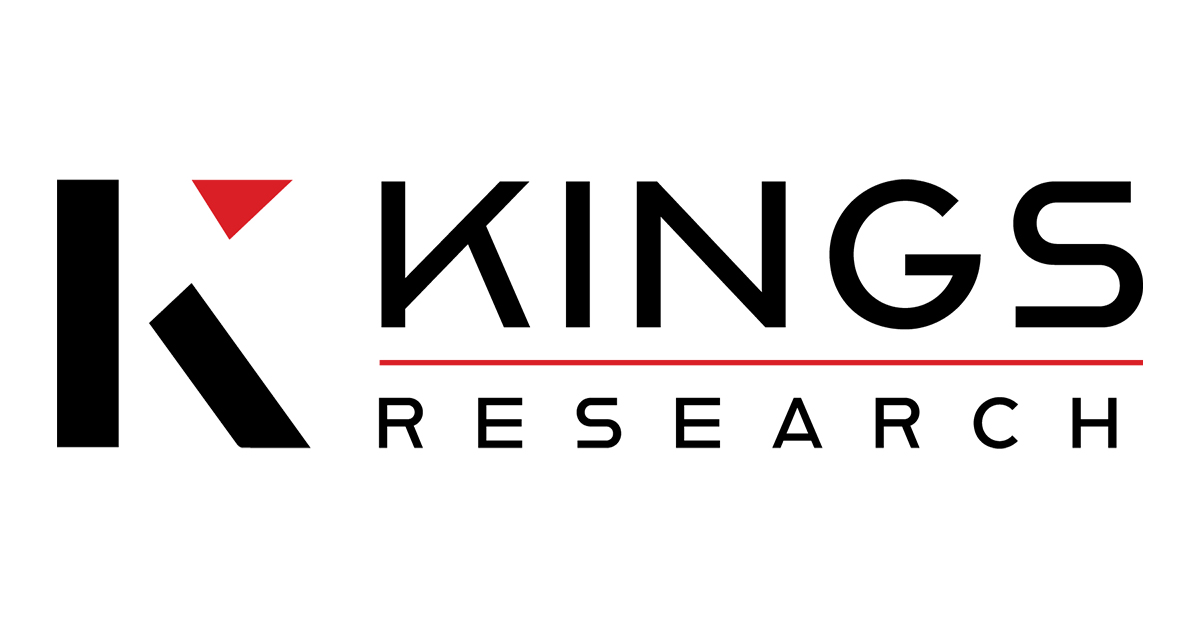The global chronic wound care market is projected to expand significantly over the next few years, with its value estimated to grow from USD 11.17 billion in 2022 to USD 15.51 billion by 2030, reflecting a compound annual growth rate (CAGR) of 4.28% from 2023 to 2030. This substantial growth is driven by the increasing prevalence of chronic diseases, an aging population, and advancements in wound care technology.
Market Overview
The chronic wound care market encompasses a wide range of products and services aimed at managing and treating long-term wounds that fail to heal through the usual recovery processes. Key market segments include diabetic ulcers, pressure ulcers, venous ulcers, and other types of chronic wounds.
Key Market Drivers
- Aging Population: The growing number of elderly individuals globally has significantly increased the incidence of chronic wounds, primarily due to age-related conditions such as reduced mobility and circulatory issues.
- Prevalence of Chronic Diseases: Rising rates of diabetes and obesity are leading to more cases of diabetic ulcers and other chronic wounds. The International Diabetes Federation (IDF) reported that in 2021, diabetes affected approximately 537 million people aged 20 to 79, a number projected to reach 643 million by 2030.
- Technological Advancements: Innovations in wound care products, including advanced wound dressings and smart bandages, are improving the effectiveness and efficiency of chronic wound treatments.
- Healthcare Policies and Reimbursement: Evolving healthcare policies and better reimbursement frameworks are facilitating greater access to advanced wound care solutions, thereby supporting market growth.
Market Segmentation
The chronic wound care market is segmented by type, product, end-user, and region.
By Type
- Diabetic Ulcers: Dominating the market due to the increasing number of diabetic patients.
- Pressure Ulcers
- Venous Ulcers
- Others
By Product
- Advanced Wound Dressings: Leading the market with innovations in smart wound care facilities.
- Wound Care Therapy
- Active Therapy
- Others
By End-User
- Hospitals and Wound Care Centers
- Homecare Settings: Expected to see significant growth due to the convenience and cost-effectiveness of home-based wound care solutions.
- Others
Regional Insights
North America
North America holds the largest market share, with a valuation of USD 4.83 billion in 2022, accounting for approximately 43.24% of the global market. The region’s robust healthcare infrastructure and high incidence of chronic wounds contribute to this dominance.
Asia Pacific
The Asia Pacific region is the fastest-growing market, with a CAGR of 5.33% from 2023 to 2030. The increase in chronic diseases such as diabetes and cardiovascular conditions, coupled with improvements in healthcare infrastructure, is driving market growth in this region.
Europe
Europe is also experiencing significant market growth due to increasing awareness about advanced wound care products and the high prevalence of chronic wounds among the aging population.
Competitive Landscape
The chronic wound care market is highly fragmented, with numerous key players focusing on strategic initiatives such as mergers and acquisitions, partnerships, and product innovations to strengthen their market position. Some of the major companies operating in this market include:
- 3M
- Braun SE
- Cardinal Health
- Coloplast A/S
- Colzyx AB
- Convatec Inc.
- Integra LifeSciences
- Kane Biotech Inc.
- Medline Industries, Inc.
- Smith+Nephew
Recent Developments
- April 2023: Kane Biotech announced a distribution agreement with ProgenaCare Global to introduce its antimicrobial wound gel in the U.S. market.
- July 2022: Smith+Nephew launched WOUND COMPASS, a clinical support app designed to assist clinicians in wound assessment and decision-making.
- January 2022: Colzyx developed an innovative wound care technology that inhibits bacterial growth and aids in wound healing.
Future Outlook
The chronic wound care market is expected to continue its upward trajectory, driven by ongoing research and development, increased awareness, and the integration of advanced technologies in wound care practices. The focus on early detection, prevention, and effective management of chronic wounds will be crucial in addressing the growing demand and improving patient outcomes.
For more detailed insights and comprehensive analysis, the full report is available at Kings Research.





Comments